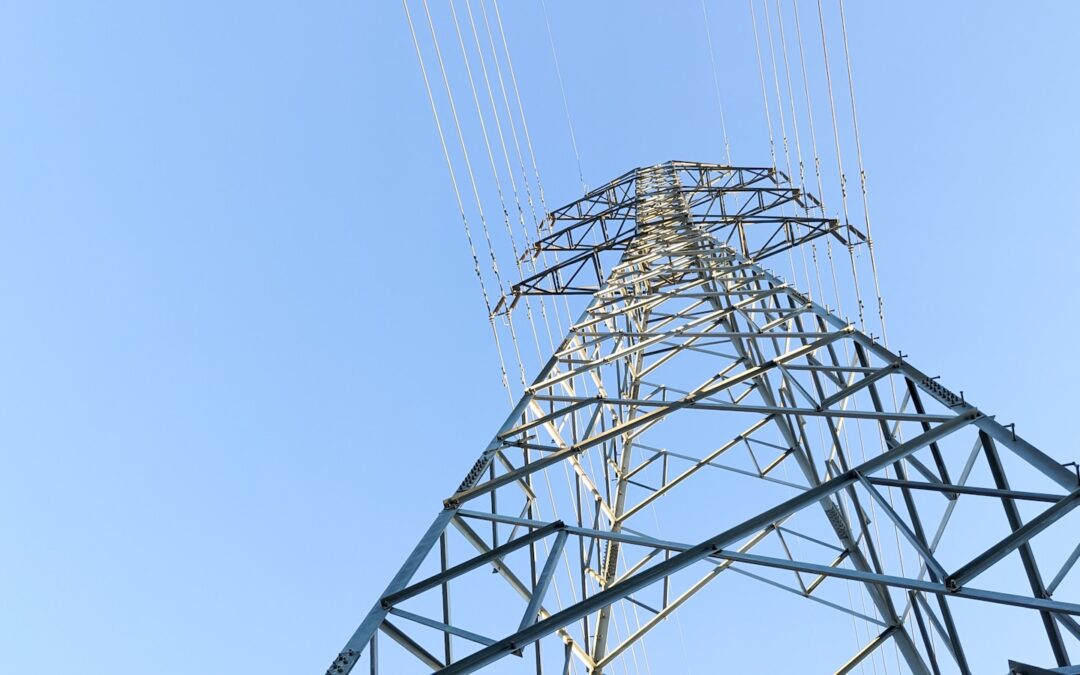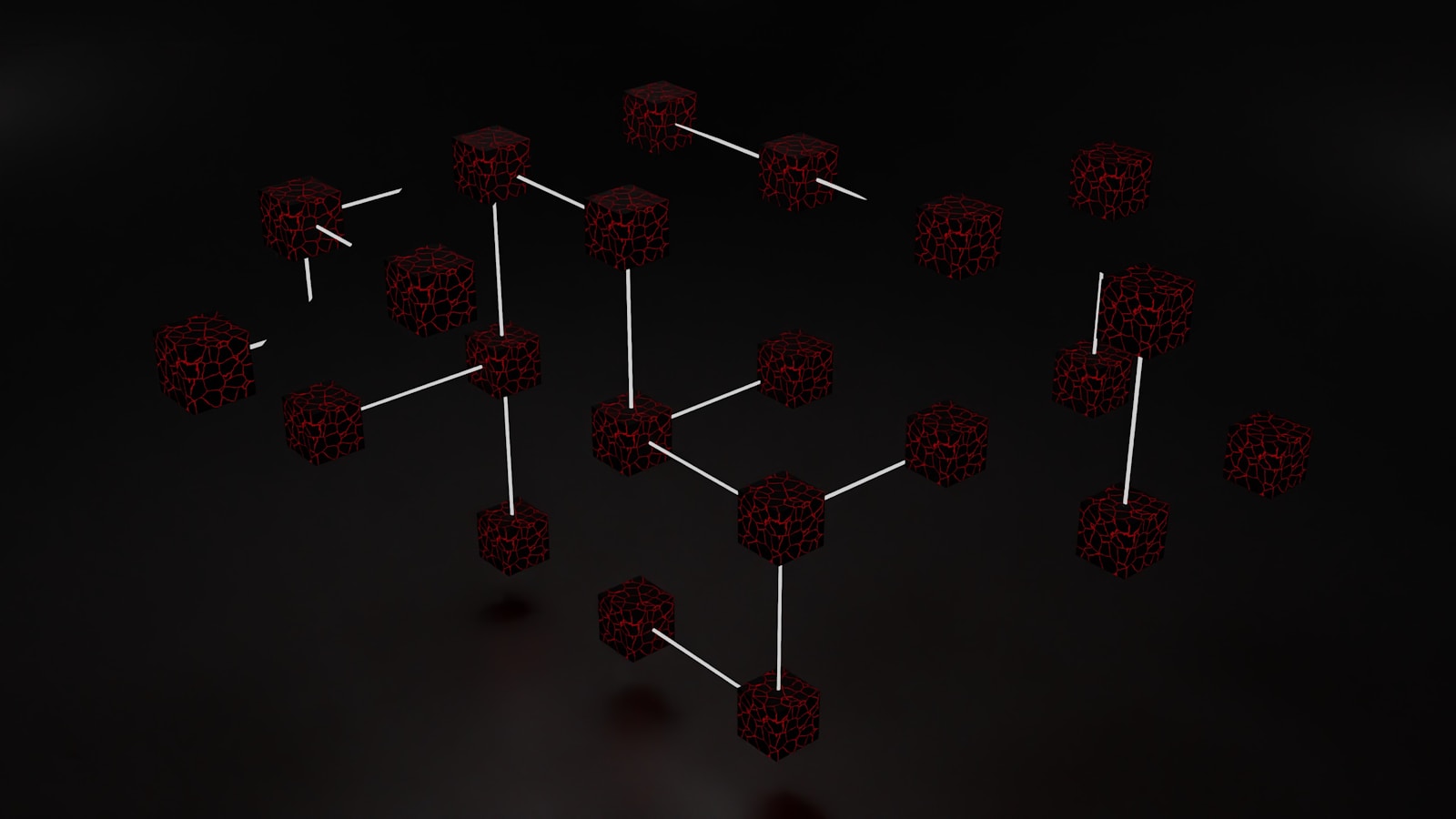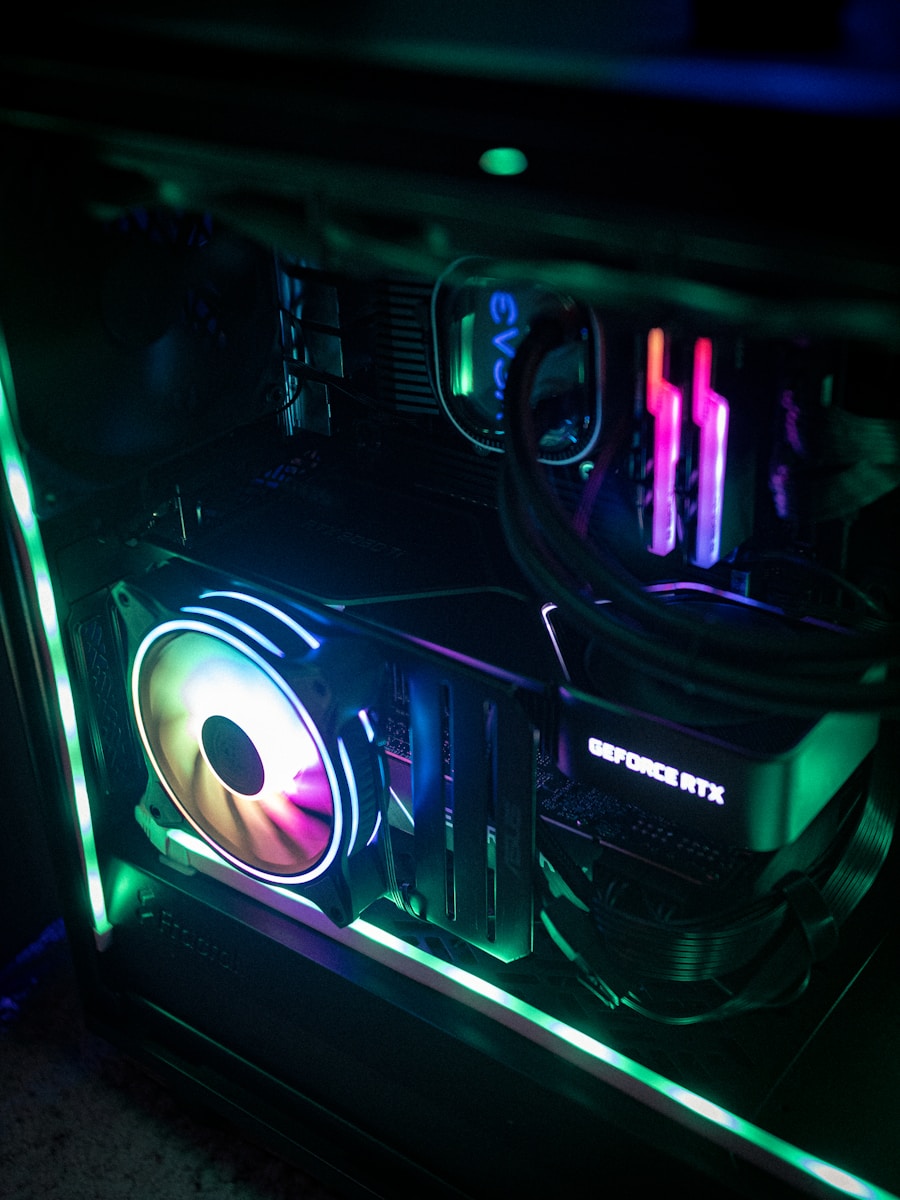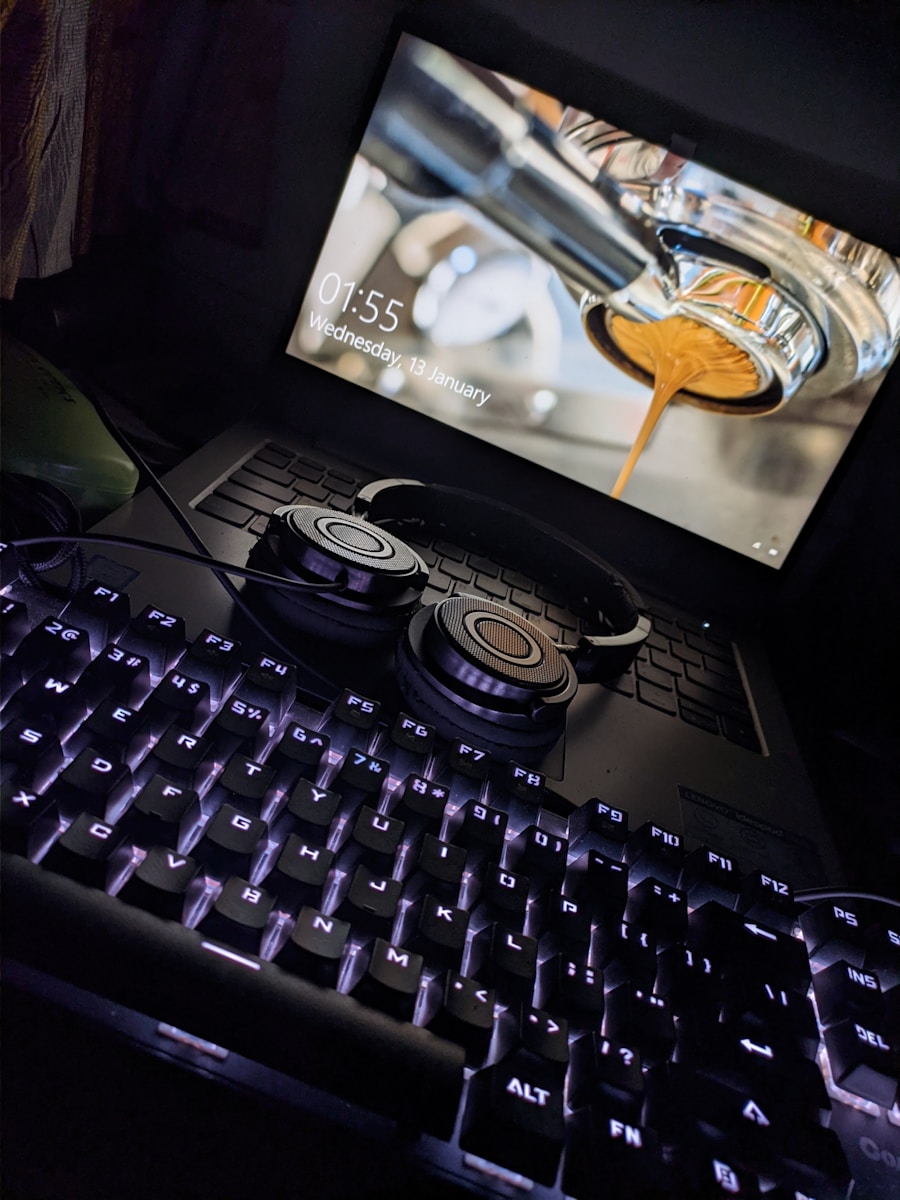Choosing the Right Connectivity Technology for IoT: Balancing Cost and Performance
Understanding the Importance of Connectivity in IoT
IoT connectivity cost vs performance is a critical consideration for businesses aiming to leverage the Internet of Things (IoT) for enhanced operational efficiency and innovation. In regions like Saudi Arabia and the UAE, where digital transformation is at the forefront of national agendas, the selection of the right connectivity technology can determine the success or failure of IoT initiatives. For executives and decision-makers in cities such as Riyadh and Dubai, choosing the best IoT connectivity solution is not just about selecting the most advanced technology; it’s about finding a balance between cost and performance that aligns with business goals. The high cost of advanced connectivity options like 5G and Low-Power Wide-Area Networks (LPWAN) needs to be weighed against their benefits in terms of speed, reliability, and coverage.
The performance of IoT applications largely depends on the chosen connectivity technology. While high-speed options such as 5G provide low latency and high data throughput, they may not always be the most cost-effective solution, especially for large-scale deployments. Conversely, LPWAN technologies such as LoRaWAN and Sigfox offer lower costs and extended coverage but may not provide the same speed and data capacity as their more expensive counterparts. In the UAE, where smart city initiatives like those in Dubai require extensive IoT networks, businesses must carefully consider these trade-offs to maximize the value of their IoT investments without overspending on unnecessary features.
For businesses in Saudi Arabia, where the government is pushing forward with Vision 2030, the decision to choose between different IoT connectivity technologies also involves a long-term perspective. The choice between cost and performance is not always straightforward, as it depends on the specific use case. For instance, a healthcare provider looking to implement IoT for remote patient monitoring in Riyadh might prioritize high reliability and low latency over cost. On the other hand, a logistics company deploying IoT sensors for fleet management across the Kingdom may focus more on cost-efficiency and coverage.
Evaluating Different IoT Connectivity Options
When considering IoT connectivity cost vs performance, it is essential to understand the range of available technologies and their specific advantages and disadvantages. 5G is a top choice for applications that require high data rates and ultra-reliable low-latency communication. This makes it ideal for critical applications such as autonomous vehicles, smart healthcare, and industrial automation. However, the high cost of 5G infrastructure and ongoing service fees may not be feasible for all businesses, especially those in the early stages of digital transformation. In Saudi Arabia and the UAE, where companies are at varying stages of digital maturity, the decision to invest in 5G must be justified by the potential returns in terms of business value and innovation.
Alternatively, Narrowband IoT (NB-IoT) and Long-Term Evolution for Machines (LTE-M) are often considered middle-ground options that provide a good balance between cost and performance. They are particularly suitable for applications requiring medium data rates and wide coverage, such as smart metering and environmental monitoring. In cities like Riyadh and Dubai, where there is a growing need for scalable and efficient IoT solutions, these technologies offer a cost-effective way to achieve widespread IoT adoption without the financial burden associated with more advanced options.
LPWAN technologies like LoRaWAN and Sigfox provide the most cost-effective solutions for IoT connectivity, especially for large-scale deployments requiring extended battery life and long-range communication. However, their lower data rates and limited ability to support real-time applications can be a drawback for businesses requiring high-performance IoT networks. For companies in the UAE and Saudi Arabia focused on low-power IoT applications such as smart agriculture or remote asset tracking, LPWAN can offer an optimal balance between cost savings and adequate performance.
Strategic Decision-Making in IoT Connectivity: Key Considerations for Business Leaders
Balancing Short-Term Costs with Long-Term Benefits
When it comes to IoT connectivity cost vs performance, business leaders in Saudi Arabia and the UAE must take a strategic approach that balances short-term costs with long-term benefits. For instance, investing in a high-cost, high-performance technology like 5G might seem daunting initially, but the long-term advantages in terms of scalability, reliability, and potential for future innovation could justify the expense. In regions like Riyadh and Dubai, where digital transformation is a long-term goal, such investments can position businesses as leaders in their industries, enabling them to take advantage of emerging opportunities in smart cities, telemedicine, and autonomous transport.
On the other hand, companies with budget constraints or those in sectors where high-speed data transmission is not critical may opt for more cost-effective solutions such as LPWAN. This approach allows them to enter the IoT market with minimal upfront investment while still achieving the desired operational improvements. In Saudi Arabia, where small and medium-sized enterprises (SMEs) play a crucial role in the economy, choosing a cost-effective IoT connectivity solution that meets their specific needs can be a game-changer in their digital transformation journey.
Another important consideration is the Total Cost of Ownership (TCO) of the chosen IoT connectivity technology. Beyond the initial setup and hardware costs, business leaders must also consider ongoing maintenance, data usage fees, and potential future upgrades. In the UAE, where the government actively promotes technological innovation and smart infrastructure, the TCO of IoT connectivity must align with broader national goals and the company’s strategic direction. This comprehensive approach ensures that the chosen IoT connectivity solution delivers value over the long term and adapts to future technological advancements.
Ensuring Scalability and Flexibility in IoT Deployments
One of the key challenges in managing IoT connectivity cost vs performance is ensuring that the chosen solution is scalable and flexible enough to adapt to future needs. In cities like Riyadh and Dubai, where smart city projects and digital health initiatives are rapidly expanding, businesses must choose connectivity technologies that can scale as demand increases. This requires a forward-looking strategy that considers not only current needs but also future growth and potential new applications. Technologies like 5G, while more expensive initially, offer greater scalability and flexibility, making them a compelling option for businesses planning large-scale IoT deployments in the future.
Conversely, for businesses with more predictable or limited IoT needs, more affordable connectivity options such as LPWAN or NB-IoT may provide the required performance without the complexity and cost associated with higher-end solutions. In Saudi Arabia and the UAE, where industries such as logistics, agriculture, and energy are deploying IoT for specific applications like asset tracking and environmental monitoring, these technologies offer the necessary flexibility and scalability without excessive cost.
Another aspect to consider is the potential for interoperability between different IoT connectivity technologies. In regions like the UAE and Saudi Arabia, where the integration of various smart technologies is essential for the development of smart cities, businesses must ensure that their chosen connectivity solution can work seamlessly with other technologies. This interoperability not only enhances the performance and scalability of IoT networks but also reduces costs by minimizing the need for multiple separate infrastructures. By choosing an IoT connectivity technology that offers both scalability and interoperability, businesses can future-proof their investments and remain competitive in the evolving digital landscape.
Conclusion: Making the Right Choice for IoT Connectivity
In conclusion, selecting the right IoT connectivity technology involves a careful consideration of both cost and performance, tailored to the specific needs of the business. For companies in Saudi Arabia and the UAE, where digital transformation and technological innovation are at the core of national strategies, this decision is even more crucial. Whether opting for a high-performance option like 5G or a cost-effective solution like LPWAN, the key is to align the choice with long-term business objectives and regional goals. By strategically balancing IoT connectivity cost vs performance, businesses in Riyadh, Dubai, and beyond can unlock the full potential of IoT to drive growth, efficiency, and innovation.
—
#IoTConnectivity #CostVsPerformance #DigitalTransformation #SmartTechnology #IoTSolutions #BusinessStrategies #LeadershipInTechnology #IoTInRiyadh #DubaiTechInnovation #IoTInUAE #IoTInSaudiArabia









